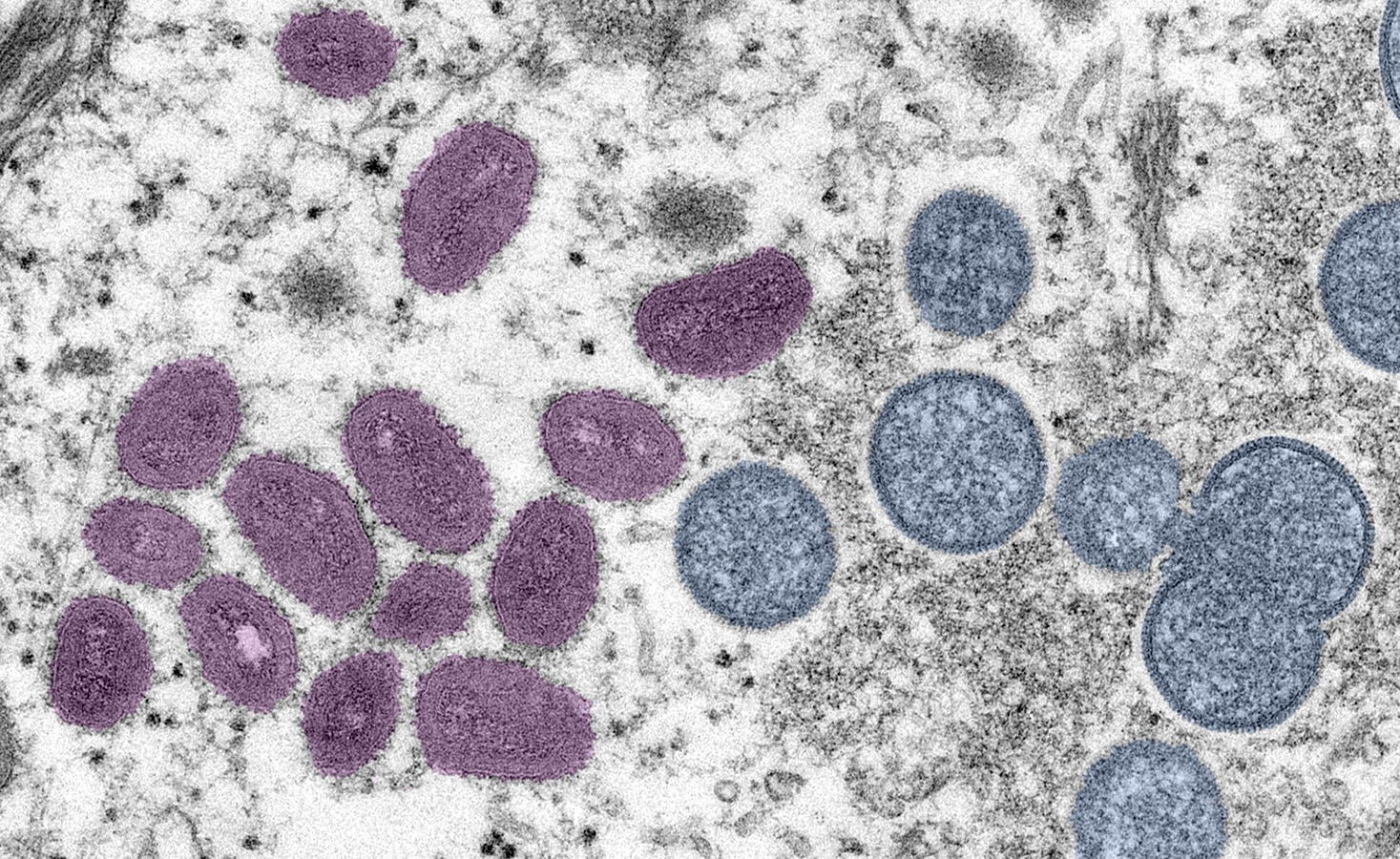- September 9, 2022
- No Comment
- 5 minutes read
Updates on the monkeypox virus – DVM 360

© 2022 MJH Life Sciences and dvm360 | Veterinary News, Veterinarian Insights, Medicine, Pet Care. All rights reserved.
© 2022 MJH Life Sciences™ and dvm360 | Veterinary News, Veterinarian Insights, Medicine, Pet Care. All rights reserved.
The FDA releases new guidance, plus the transmission from people to pets
Multiple monkeypox cases were reported in May 2022 and the virus has continued to spread across the world since then. On July 23, 2022, the World Health Organization (WHO) declared the virus a public health emergency of international concern.1 Here are some of the latest updates surrounding the ongoing outbreak.
The U.S. Food and Drug Administration (FDA) announced in an organizational release2 its efforts to combat the monkeypox virus with increased testing capacity and accessibility. The FDA issued a new guidance3 that outlines the agency's current thinking regarding enforcement policies, recommendations for emergency use authorization (EUA) requests for monkeypox diagnostic tests, and the FDA's plans to prioritize review of EUA requests.
The new guidance comes after the Secretary declared that circumstances exist justifying the authorization of emergency use of in vitro diagnostics for detection and/or diagnosis of monkeypox virus. Rapid detection of monkeypox cases in the United States requires wide availability of diagnostic testing to help control the spread of this contagious infection.3
"Since the beginning of the monkeypox outbreak, the agency has used the full breadth of its authorities to work quickly and proactively to ensure the availability of medical countermeasures, including diagnostics, to prevent the spread of the disease," said FDA commissioner Robert M. Califf, MD in the release. "We will continue to engage federal public health partners like the Centers for Disease Control and Prevention, laboratories, commercial manufacturers, health care professionals, and consumers to facilitate the availability of monkeypox tests to people and communities who need them."2
According to the Texas A&M University College of Veterinary Medicine & Biomedical Sciences, the first confirmed case of monkeypox in a 4-year-old greyhound appears to verify that the viral disease can also be transmitted from humans to dogs.4 Lori M. Teller, DVM, DABVP (canine/feline), CVJ, president of AVMA provides insight on the symptoms to look out for and how to continue providing care for a sick pet as safely as possible.
She stated in a Texas A&M Today article, “Pets can become infected with monkeypox via close contact with an infected individual,” Teller said. “This can happen when a pet snuggles or sleeps in the same bed as someone who has monkeypox. The pet is at risk when exposed to the skin sores or respiratory droplets of the infected individual.” However, Teller adds that the risk of transmission remains low.
“If a human in the household contracts monkeypox and the pet has not been in contact with the person, it will be important to avoid contact for 21 days,” Teller said. “If they have been in contact, then the pet should be monitored for symptoms over the next several weeks.”4
Teller said that the symptoms of monkeypox in pets appear similar to those in people and can include skin lesions that look like blisters or pimples, fever, cough, inflamed eyes, swollen lymph nodes and a runny nose.
“Owners can wear protective gear when interacting with their pets, identify special toys or treats that can be easily cleaned to entertain their pets, and follow their veterinarian’s instructions to ensure the pet stays otherwise healthy,” Teller told Texas A&M Today.
References
Related Content:
Veterinarians reflect on Queen Elizabeth’s legacy and love of animals
Why pain management is key to success in veterinary medicine
New indications approved by FDA for topical treatment of tick infestation in cats
Toxin Tails honors drug detection dogs

